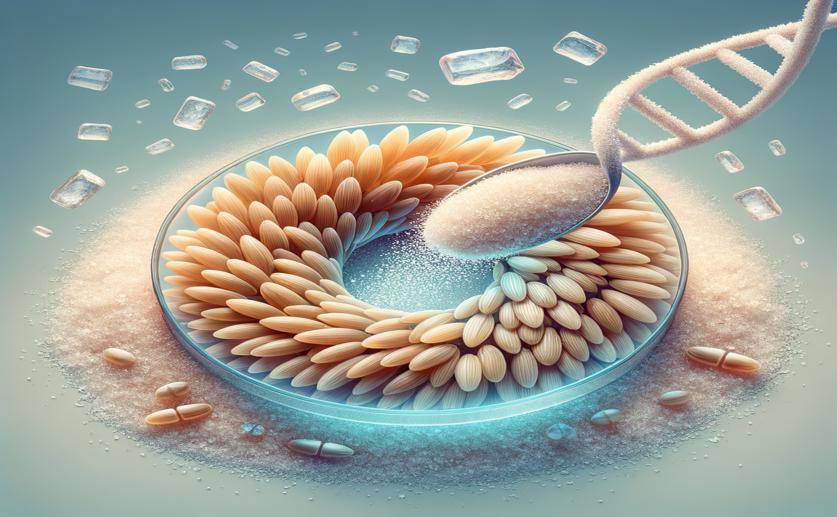
Unpacking the Genetic Secrets of Salt-Tolerant Rice
Greg Howard
10th March, 2024

Image Source: Natural Science News, 2024
Key Findings
- Researchers at Navsari Agricultural University identified key regions in rice DNA linked to salt tolerance
- They narrowed down the search area from an average of 17.35 to just 1.66 centimeters on the genetic map
- This precision can help breed new rice varieties that resist salty soil, improving crop yields
AgricultureGeneticsPlant Science
References
Main Study
1) Meta-analysis of identified genomic regions and candidate genes underlying salinity tolerance in rice (Oryza sativa L.).
Published 8th March, 2024
https://doi.org/10.1038/s41598-024-54764-9
Related Studies
2) Meta-QTLs, ortho-meta-QTLs and candidate genes for grain yield and associated traits in wheat (Triticum aestivum L.).
3) Genome-Wide Analysis of the IQM Gene Family in Rice (Oryza sativa L.).
4) Rice aquaporin OsPIP2;2 is a water-transporting facilitator in relevance to drought-tolerant responses.
5) Rice Potassium Transporter OsHAK8 Mediates K+ Uptake and Translocation in Response to Low K+ Stress.



 7th March, 2024 | Greg Howard
7th March, 2024 | Greg Howard